I am using Stanford parser with nltk in python and got help from Stanford Parser and NLTK to set up Stanford nlp libraries.
from nltk.parse.stanford import StanfordParser
from nltk.parse.stanford import StanfordDependencyParser
parser = StanfordParser(model_path="edu/stanford/nlp/models/lexparser/englishPCFG.ser.gz")
dep_parser = StanfordDependencyParser(model_path="edu/stanford/nlp/models/lexparser/englishPCFG.ser.gz")
one = ("John sees Bill")
parsed_Sentence = parser.raw_parse(one)
# GUI
for line in parsed_Sentence:
print line
line.draw()
parsed_Sentence = [parse.tree() for parse in dep_parser.raw_parse(one)]
print parsed_Sentence
# GUI
for line in parsed_Sentence:
print line
line.draw()
I am getting wrong parse and dependency trees as shown in the example below, it is treating 'sees' as noun instead of verb.
What should I do? It work perfectly right when I change sentence e.g.(one = 'John see Bill'). The correct ouput for this sentence can be viewed from here correct ouput of parse tree
Example of correct output is also shown below:




